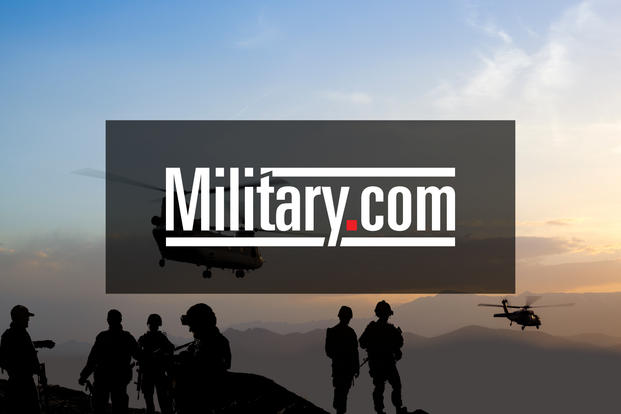The commander of Army forces in the Pacific said Wednesday that North Korea's 300-mile launch of a missile from a submarine was more evidence of the drastically increased missile threat under the latest Kim family dictator, Kim Jong Un.
North Korea has launched 31 missiles in the four years since Kim succeeded his late father, Kim Jong Il, compared to the nine missile launches in 17 years of the elder Kim's rule, said Army Gen. Robert B. Brown, commander of U.S. Army Pacific.
"That tells you a lot about North Korea's intentions," Brown told Pentagon reporters by phone from his headquarters at Fort Shafter in Hawaii. "I am very worried, as you look at the trend. "
The message for the Army was that "we'd better be prepared should North Korea do something stupid," Brown said.
U.S. Strategic Command reported earlier Wednesday that the launch of a suspected KN-11 missile from a submarine was detected off Sinpo on North Korea's east coast.
The missile flew over the Sea of Japan toward Japan and fell into the sea about 300 miles off the coast of North Korea. The North American Aerospace Defense Command determined that the missile launch did not threaten the United States, StratCom said.
The submarine launch appeared to mark a major advance in North Korea's technology and methods for potential attack, and also brought about a rare moment of agreement among Japan, South Korea and China. The foreign ministers of all three countries, which have been at odds over China's territorial claims in the South China Sea, condemned the North Korean missile launch.
The missile launch came amid an escalating series of threats from Pyongyang against annual military exercises near the Demilitarized Zone by South Korea and the U.S. The Korean Central News Agency, the official North Korean outlet, has carried official statements calling the exercises a prelude to invasion and warning of a pre-emptive nuclear strike. North Korean troops also have reportedly been planting land mines in the DMZ.
Brown said USARPAC was better configured to respond to a crisis on the Korean Peninsula since the "Pacific Pathways" program to boost the Army's role in the region was inaugurated in 2014 as part of the rebalance of forces to the Pacific.
Under Pacific Pathways, more Army troops have been forward deployed to respond to threats and humanitarian crises and the command now consists of about 100,000 troops, compared to 70,000 when Pacific Pathways began, Brown said.
U.S. Army Pacific now essentially keeps a brigade in South Korea, with other units poised to respond to a crisis, Brown said.
"I think we're postured very well" with the existing airlift and sealift to move units into the region, Brown said, "but I wouldn't turn down more airlift and sealift it it were offered."
Pacific Pathways and a more prominent role for the Army in U.S. Pacific Command were initially met with skepticism by traditionalists who saw the region as better suited to the Navy and the Marine Corps, but Brown said that USARPAC was now an established force holding joint exercises with more than 30 nations in the region.
Brown assumed command of USARPAC in April, succeeding Gen. Vincent Brooks, now commander of U.S. Forces-Korea.
-- Richard Sisk can be reached at Richard.Sisk@Military.com.





























